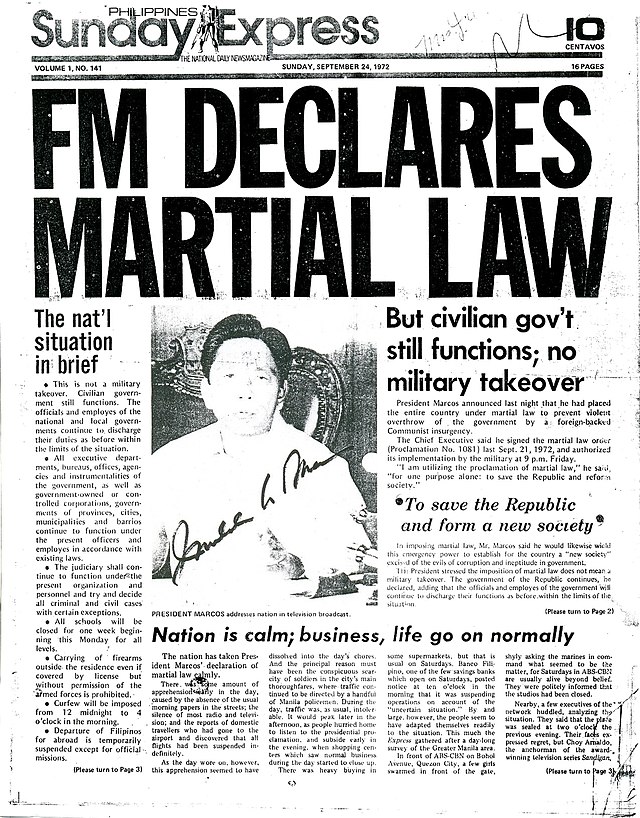8 Easy Facts About News Articles Explained
8 Easy Facts About News Articles Explained
Blog Article
Not known Facts About News Articles
Table of ContentsHow News Articles can Save You Time, Stress, and Money.Facts About News Articles UncoveredFacts About News Articles RevealedSome Known Details About News Articles Some Ideas on News Articles You Should Know
Good understanding of different topics gives pupils an affordable edge over their peers. Despite the fact that electronic and social networks are conveniently easily accessible, we should not forget exactly how important it is to check out the papers. Parents must try and inculcate the routine of checking out a newspaper as a day-to-day regimen to continue the heritage of the adored print tool.Information stories likewise consist of at the very least one of the adhering to vital characteristics family member to the designated audience: distance, prominence, timeliness, human interest, peculiarity, or repercussion.
Within these limits, news tales additionally aim to be extensive. Among the bigger and more revered newspapers, justness and balance is a major aspect in offering details.
Newspapers with a worldwide target market, for example, tend to make use of a much more formal design of composing. The certain options made by a news electrical outlet's editor or content board are typically gathered in a style guide; usual style overviews include the and the United States News Design Book. The main objectives of information writing can be summarized by the ABCs of journalism: precision, brevity, and clearness.
More About News Articles
As a regulation, reporters will certainly not utilize a lengthy word when a brief one will certainly do. They utilize subject-verb-object construction and vibrant, active prose (see Grammar). They use narratives, instances and allegories, and they seldom depend upon generalizations or abstract concepts. Information authors try to avoid utilizing the exact same word greater than once in a paragraph (often called an "echo" or "word mirror").
Headings often leave out the subject (e.g., "Leaps From Watercraft, Catches in Wheel") or verb (e.g., "Feline lady lucky"). A subhead (additionally subhed, sub-headline, subheading, subtitle, deck or dek) can be either a subordinate title under the major heading, or the heading of a subsection of the short article. It is a heading that comes before the primary text, or a team of paragraphs of the main message.

Extra signboards of any of these types may show up later in the write-up (specifically on subsequent web pages) to entice further analysis. Such billboards are additionally utilized as reminders to the article in other sections of the magazine or website, or as advertisements for the item in other publication or sites. Regular structure with title, lead paragraph (summary in strong), various other paragraphs (information) and contact details.

Instance of a hard-lead paragraph NASA is suggesting another room project. The spending plan requests about $10 billion for the task.
An "off-lead" is the 2nd most essential front page news of the day. To "hide the lead" is to Extra resources start the short article with history info or details of additional value to the visitors, forcing them to read more deeply into a short article than they need to have to in order to discover the crucial points.
A Biased View of News Articles
Usual use is that or 2 sentences each form their own paragraph. Journalists normally define the company or framework of a newspaper article as an upside down pyramid. The important and most interesting elements of a story are put at the beginning, with sustaining details adhering to in order of decreasing significance.
It allows people to explore a topic to only the depth that their inquisitiveness takes them, and without the charge of information or subtleties that they might think about pointless, however still making that info available to more interested readers. The upside down pyramid framework likewise enables posts to be trimmed to any type of approximate length during layout, to suit the area offered.
Some writers start their tales with the "1-2-3 lead", yet there are numerous sort of lead readily available. This format usually begins with a "Five Ws" opening paragraph (as defined above), followed by an indirect quote that offers to sustain a major component of the very first paragraph, and afterwards a direct quote to sustain the indirect quote. [] A kicker can describe multiple things: The last tale in the news program; a "satisfied" story to finish the show.
Longer short articles, such as magazine cover short articles and the pieces that lead the within sections of a paper, are called. Attribute stories vary from straight information in numerous methods. Foremost is the lack of a straight-news lead, the majority of the moment. Instead of offering the significance have a peek at this website of a tale in advance, feature authors might attempt to tempt viewers in.
News Articles Fundamentals Explained
A function's very first paragraphs usually associate an appealing minute or event, as in an "anecdotal lead". From the particulars of a person or episode, its sight promptly expands to generalizations concerning the tale's topic.

The Editor's Tool kit: A Reference Guide for Beginners and Professionals (2001) Allan M. Siegal and William G. Connolly. The New York City Times Manual of Design and Use: The Official Design Guide Utilized by the Writers and Editors of the Globe's Most This Site Reliable Newspaper (2002) M. L. Stein, Susan Paterno, and R.
Report this page